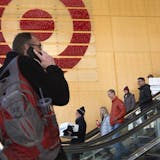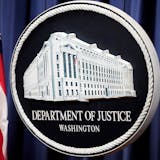Service on Metro Transit trains and buses grew steadily to nearly 20 million rides for the first half of 2022 — but that's still just over half of what ridership was before COVID-19 broke out more than two years ago.
While the news "is good," said John Harper, contracted transit services manager for the Metropolitan Council, "we are continuing to dig out of the hole that is the COVID-19 pandemic."
Transit ridership in the Twin Cities plunged when the deadly virus took hold in March 2020, giving rise to remote work and schooling. Since then, a stubborn shortage of bus drivers and light-rail operators has continued to hamper Metro Transit's efforts to restore lapsed routes and fill half-empty buses and trains.
Still, ridership on the entire system was up 23% from January through the end of June when compared with the first half of 2021, according to a presentation Monday at the Metropolitan Council's Transportation Committee meeting.
The two workhorses of the system — the Green and Blue light-rail lines and bus service — increased in the same period over last year by 23% and 25%, respectively.
Express bus ridership increased to 404,530 rides, a 70% jump, indicating more commuters are returning to the workplace. Bus rapid transit line ridership increased by 34%, while rides on local bus routes rose by 22%.
The troubled Northstar commuter rail, which connects downtown Minneapolis and Big Lake, saw a 112% increase in ridership even though service has been reduced to four daily trips during the week, with no weekend or special-event service. Metro Transit tallied 18,721 rides aboard the line as of the end of June.
"A lot more habitual travel is beginning to happen again," said Eric Lind, Metro Transit's research and analytics manager.


